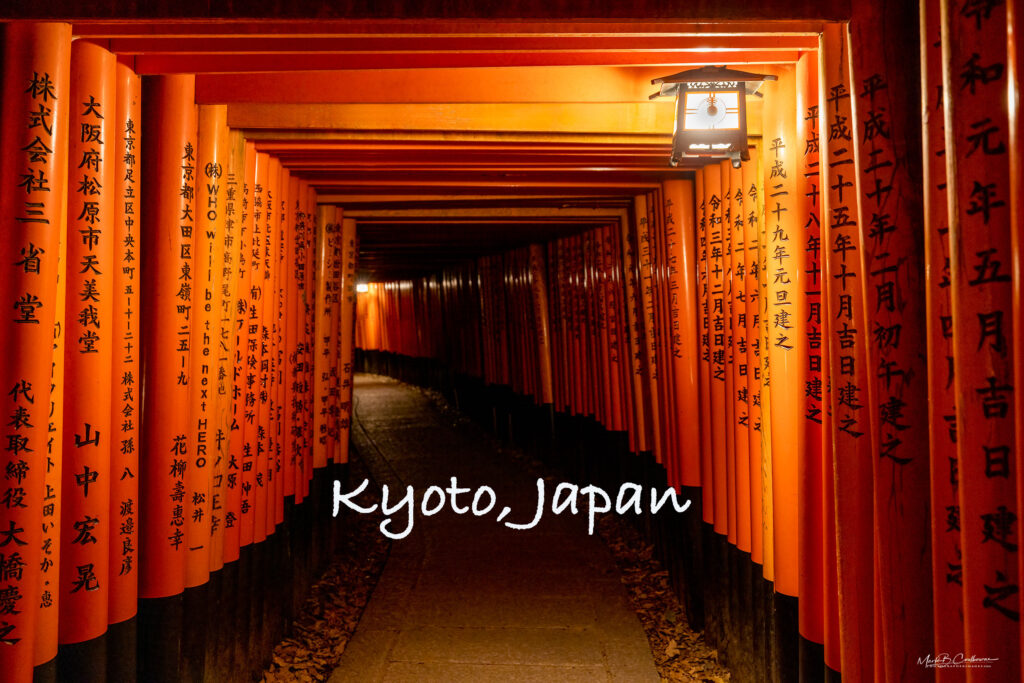
Kyoto, Japan especially in the autumn months is nothing short of a masterpiece painted by nature itself. The ancient capital of Japan, known for its tranquil temples and traditions, transforms into a vibrant display of fiery reds, deep ambers, and golden yellows as the season turns. The air was crisp, the light was warm and the Fall colors were incredible. One of the reasons I was here was to photograph this place called Fushimi Inari Taisha and every frame I captured was enjoyable along with the cultural experience.
This is one of Kyoto’s most iconic locations. Fushimi Inari Taisha (pictured above) is a place where the past whispers through thousands of orange torii gates. This sacred Shinto shrine, dedicated to Inari, the god of rice and prosperity, dates back to the 8th century. The pathway, winding its way up Mount Inari, is a mesmerizing sight in the autumn months, where golden and red leaves drift between the vivid red gates, creating a contrast that can stop any photographer like me in their tracks. It is without question, a place worthy of your visit to Japan. The round-trip hiking distance to the summit of Mount Inari at Fushimi Inari Taisha is approximately 4 kilometers (2.5 miles).

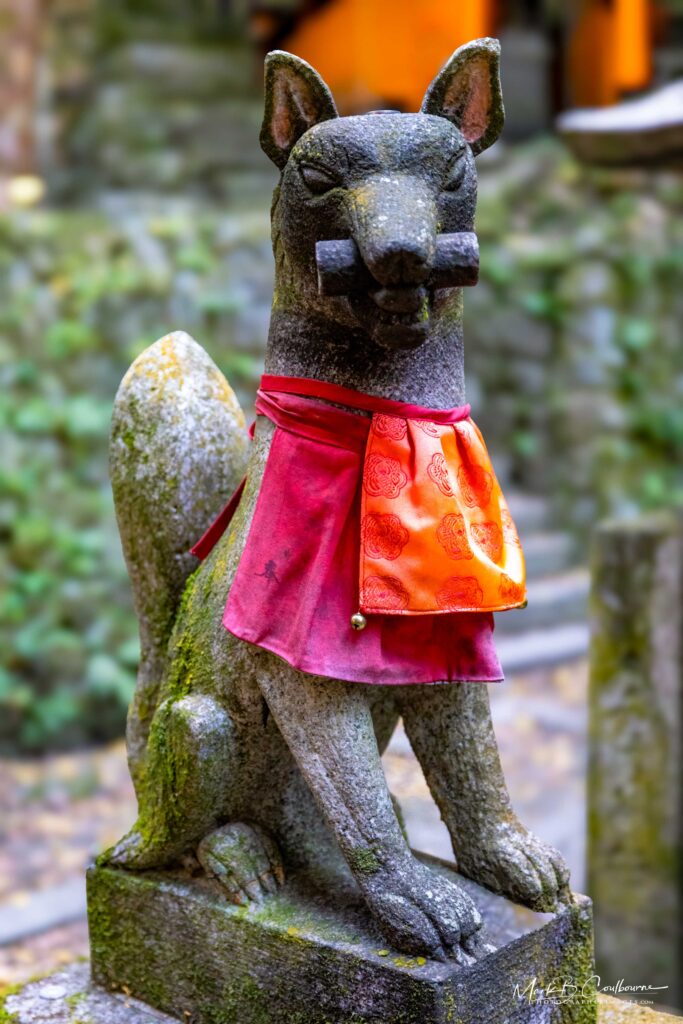
Historical Significance
- Founded in 711 AD, Fushimi Inari Taisha is one of the oldest and most important shrines dedicated to Inari in all of Japan.
- It was originally located in southwestern Kyoto before being moved to its present location in 816 AD upon the request of the influential monk Kūkai.
- Throughout history, merchants and samurai alike have revered this shrine, contributing to its status as the head shrine of over 30,000 Inari shrines across Japan.
The Fox Symbolism
- Throughout the shrine grounds, you will find numerous fox (kitsune) statues, often depicted holding a key in their mouths.
- In Shinto belief, these foxes are regarded as messengers of Inari, symbolizing intelligence, prosperity, and a connection between the divine and human worlds.
- The keys in their mouths represent access to granaries filled with rice, which was historically considered a source of wealth and power in Japan.

One of the special things about this place is being in a peaceful setting of the mountains. As I hiked for miles up through the mountains, I discovered this lady that resembled one of the fox messengers. The camera I was using is a Canon R5 paired with the 15-35mm f/2.8 lens and 70-200mm f/2.8 lens.

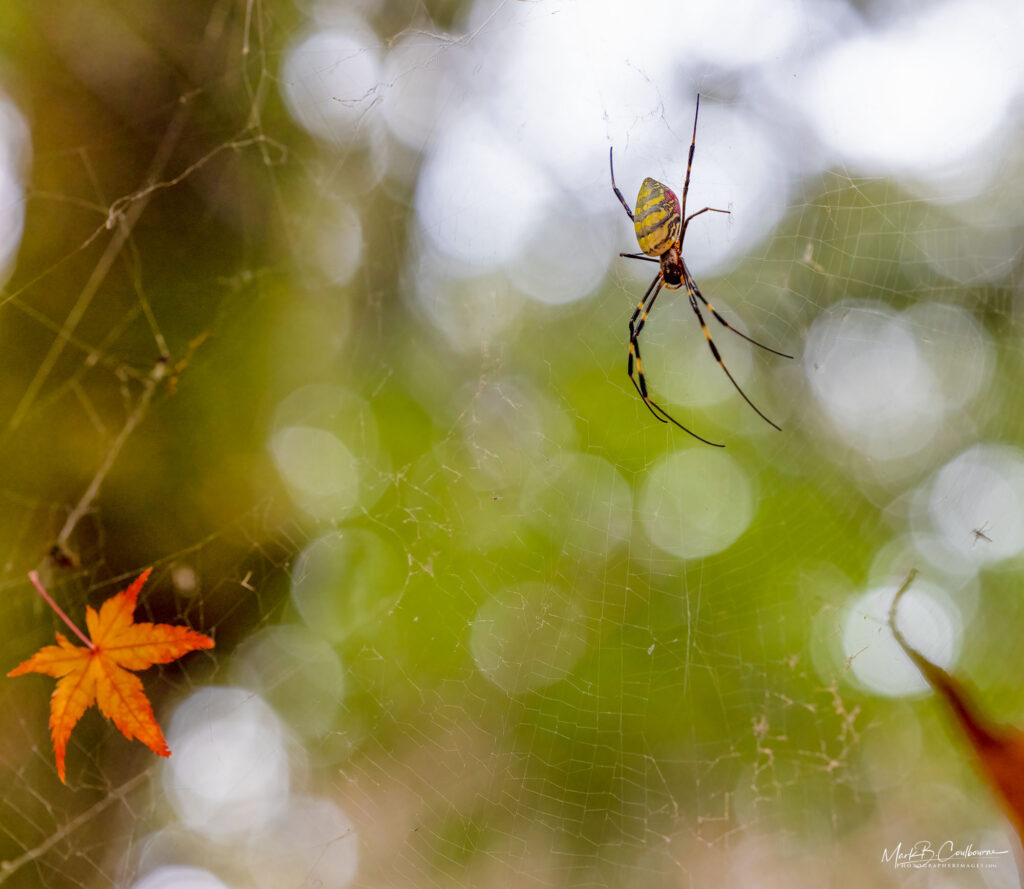
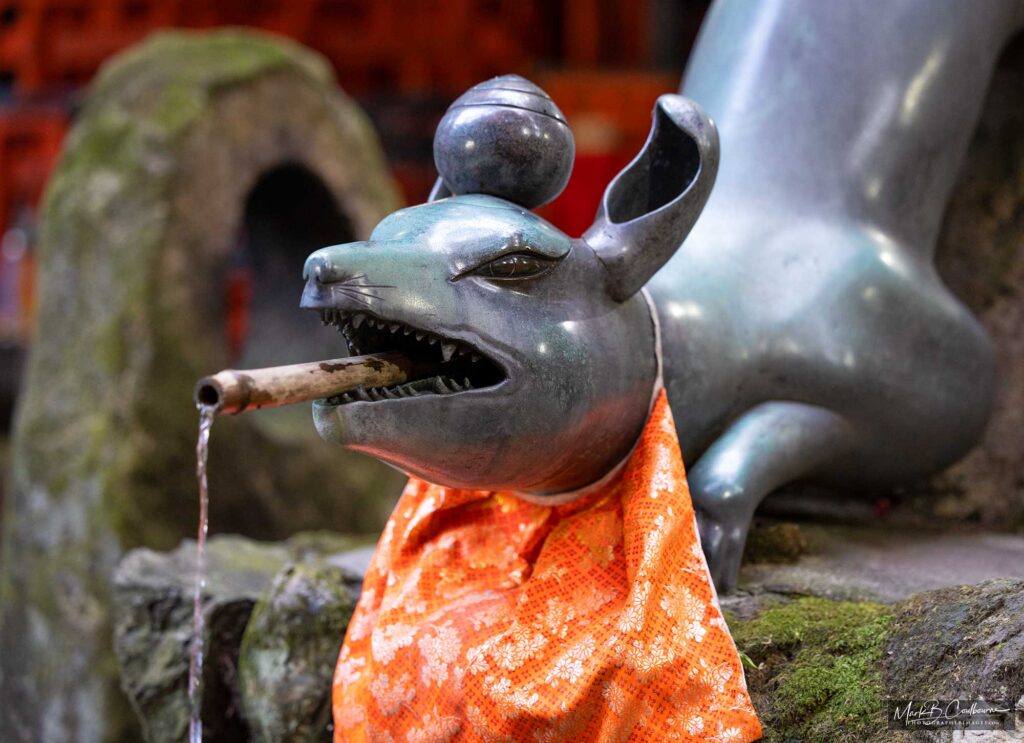
Fushimi Inari Taisha: A Sacred Path Through Time
Fushimi Inari Taisha is one of Japan’s most iconic places you can travel to and sits at the base of Mount Inari in Kyoto. It is best known for its thousands of torii gates, which wind through the forested mountain trails, creating a mystical and almost endless path of striking red. These gates, known as Senbon Torii (literally “thousands of torii”), were donated by individuals and businesses seeking blessings of prosperity from Inari, the Shinto god of rice, fertility, and business. Be sure to travel here when you can see the beautiful Fall colors of the maple trees.
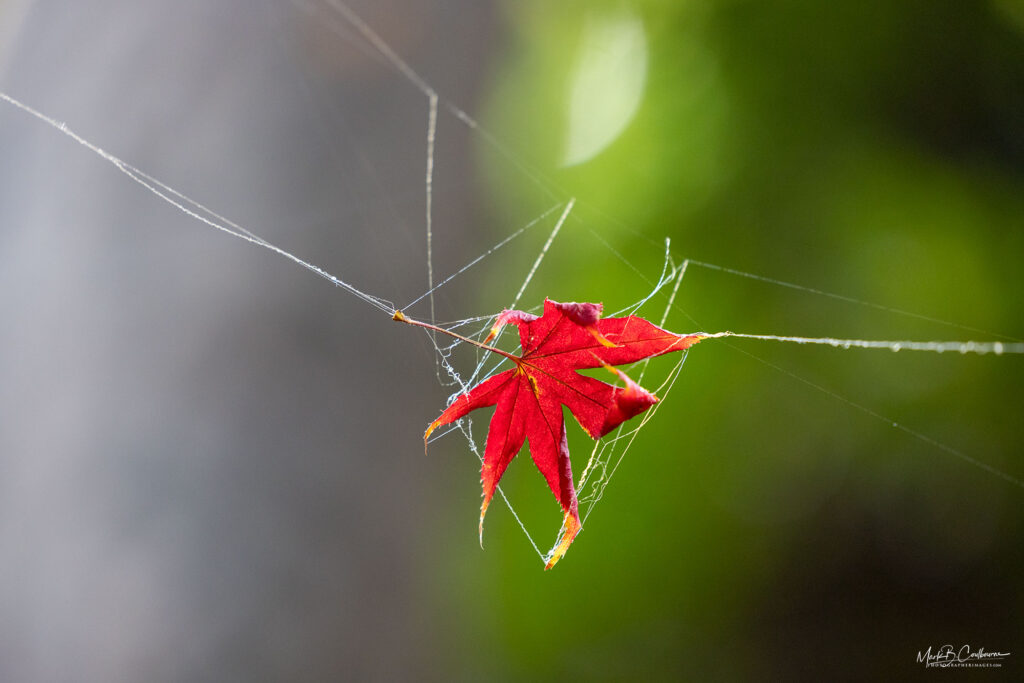
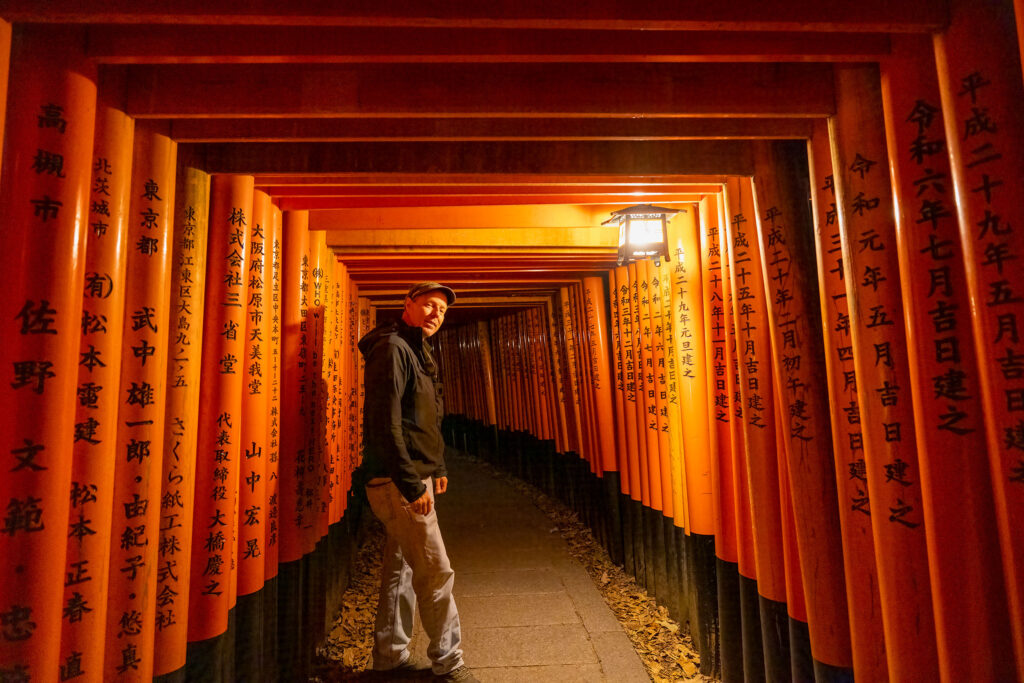
Visiting Fushimi Inari Taisha is more than just a sightseeing experience—it’s a walk through centuries of history, spirituality and breathtaking beauty. Whether you’re a photographer, a traveler, or simply seeking a peaceful escape, this shrine leaves an unforgettable impression. You can see a collection of photographs from my recent photography trip to Japan here on my website and there are more photos to come from this trip to Kyoto.
